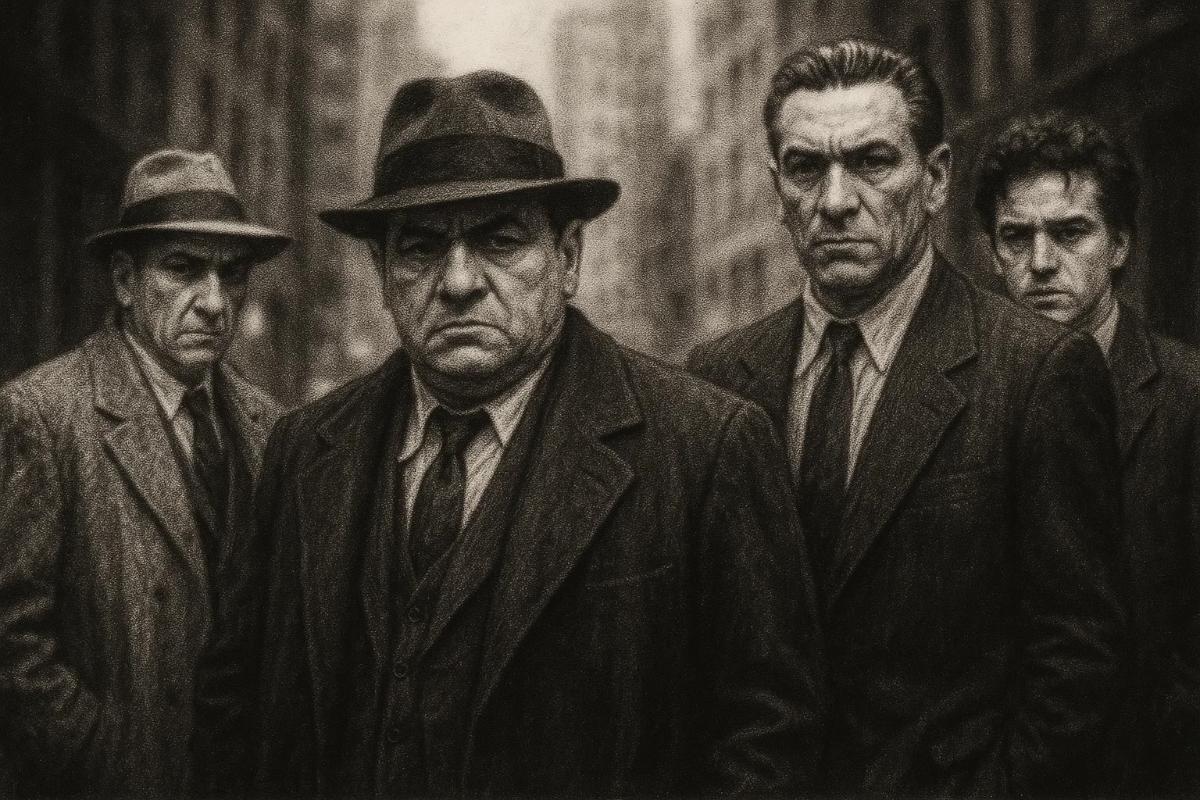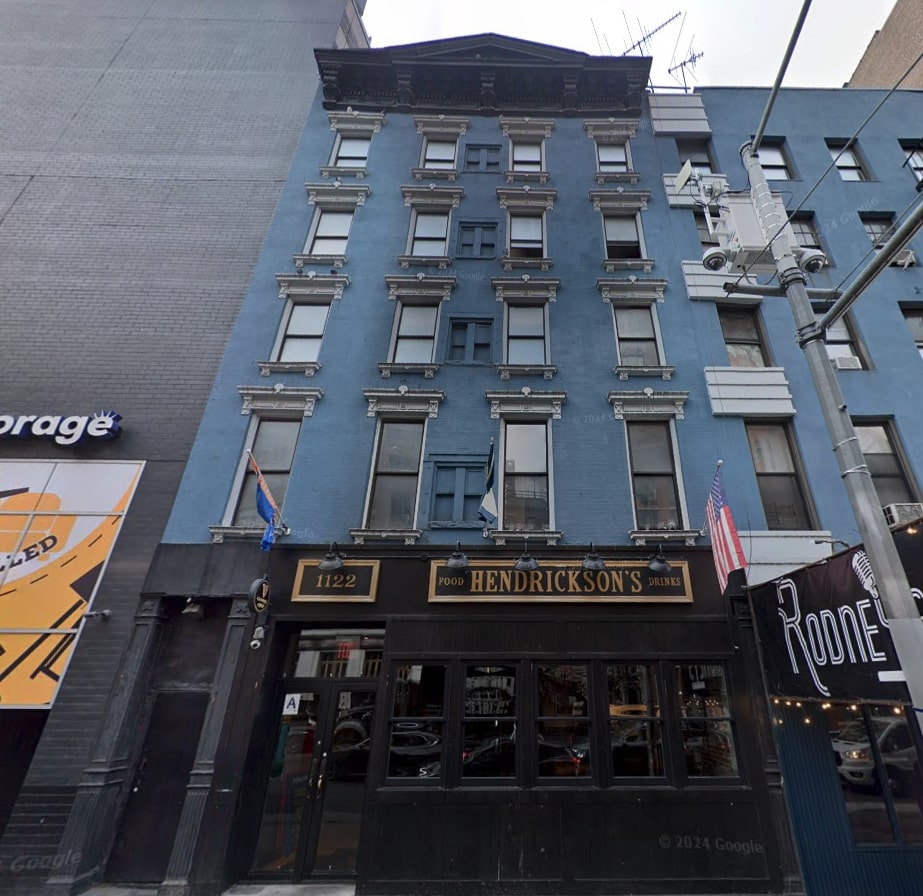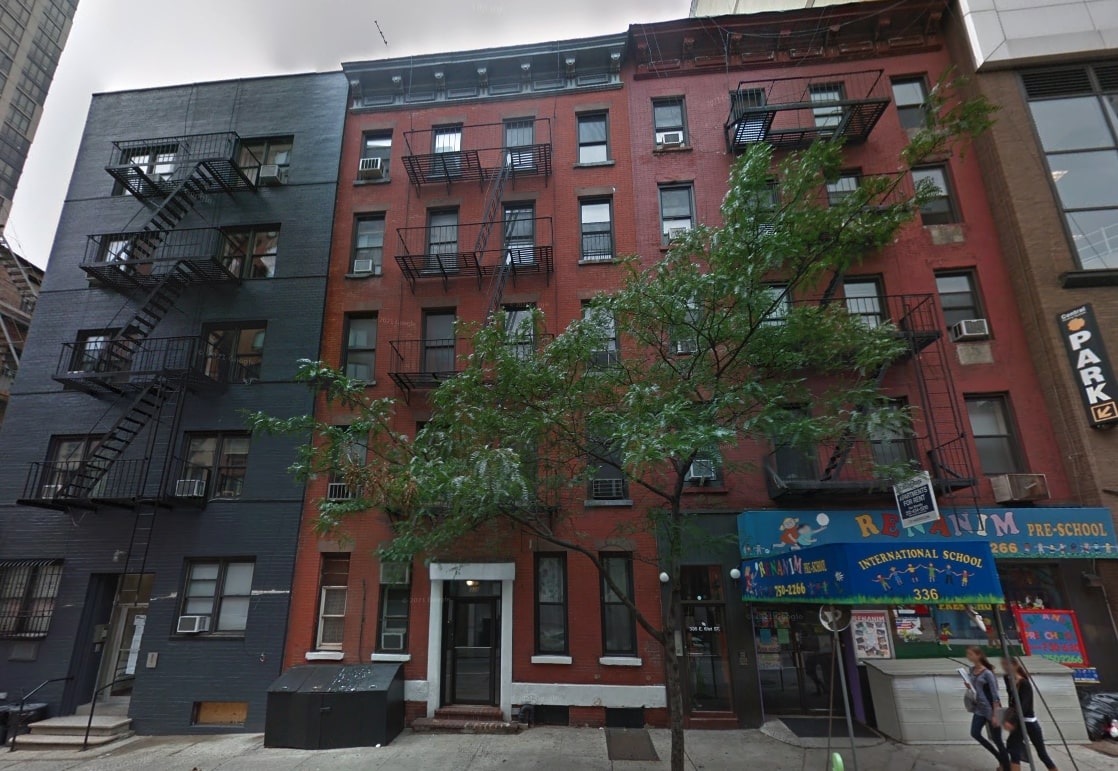
Free Upper East Side News + Stories, Delivered To Your Inbox
In the late 1980s, a crew of mobsters based their criminal enterprise–complete with an illegal casino, extortion rackets and even murder–in a small section of the Upper East Side.
Advertisement
In 1988, five alleged members and associates of the Gambino crime family were indicted under New York State’s recently passed Organized Crime Control Act of 1986, the sweeping anti-racketeering statute modeled after the federal RICO statute. The crew’s operations, which took place in and around a few addresses near the East River, were brutal.
“Two gang members were accused of luring a rival loan shark to a restaurant in February, shooting him in the head and dumping his body in the East River,” The New York Times reported at the time.
At 1122 First Avenue (between 61st and 62nd streets)–now home to Hendrickson’s–the crew converted the small building into an illegal gambling den. When the landlord pushed back, he was reportedly told to fork over $50,000 or face a beating so severe it would leave his arms and legs broken. It was a classic shake-down with a terrifying twist: the threat came from what the landlord was told were “Gotti’s boys.”

1122 First Avenue (Google Maps, 2024)
At 338 East 61st Street (between First and Second avenues), a separate landlord was coerced into handing over four apartments—renting for as little as $100 a month—to members of the crew. Prosecutors said the units, which had previously gone for up to $1,500, were either gifted or grossly underpriced, all under the pressure of implied violence. There were also threats against the landlord’s children.

338 east 61st Street (Google Maps, 2011)
Advertisement
The indictment even described how the group strong-armed the owner of a Getty gas station at East 60th and First Avenue, forcing him to give up office space and allow the gang to run a valet parking operation on-site. (We found an old photo of the Getty station here.)
ALSO READ: A Pro-Nazi Group Once Headquartered on the Upper East Side
It all sounded more like a Martin Scorsese script than an Upper East Side police blotter. But it was very real.
The crew’s alleged leader, Ernest Grillo Jr., then just 32, was identified as a “soldier” in the Gambino family. He also had blood ties to the upper echelons of the mob: Grillo was the son-in-law of Aniello Dellacroce, the Gambino underboss who died in 1985. By 1988, John Gotti was at the helm of the family, and prosecutors believed Grillo’s crew operated with his blessing—though no direct evidence tied Gotti to their UES operations.
According to then–Manhattan District Attorney Robert Morgenthau, the crew brought in $12 million over just two years through gambling, extortion, and loan sharking—money that flowed from the streets of Manhattan to as far north as Westchester County. Their tactics were textbook Mafia: threats, beatings, fraud, and fear.
ALSO READ: Here’s When the Upper East Side Became Cool
The 1986 Organized Crime Control Act, still relatively new at the time, allowed prosecutors to charge the group with “enterprise corruption,” a Class B felony that targets patterns of organized criminal behavior. It was the first time Morgenthau used the law to go after a crew of this scale.
In addition to Grillo, four others were named: Seymour Rand, the alleged bookkeeper (accused of laundering millions and hit with a civil suit to seize over $2.5 million in assets); Michael Scarola, who also faced a murder charge; Nicholas Siciliano; and Joseph Giordano, who was on the run at the time of the indictment.
ALSO READ: A Twisted Tale of Twin Gynecologist Brothers Found Dead in Upper East Side Apartment
Today, the blocks where this all went down look much like the rest of the neighborhood. Most people passing through have no idea that, just a few decades ago, this stretch of the Upper East Side played host to a small but serious chapter in New York’s Mafia history.
Have a news tip? Send it to us here!




Mike Mishkin’s piece about the mafia was fascinating. Great job of reporting!